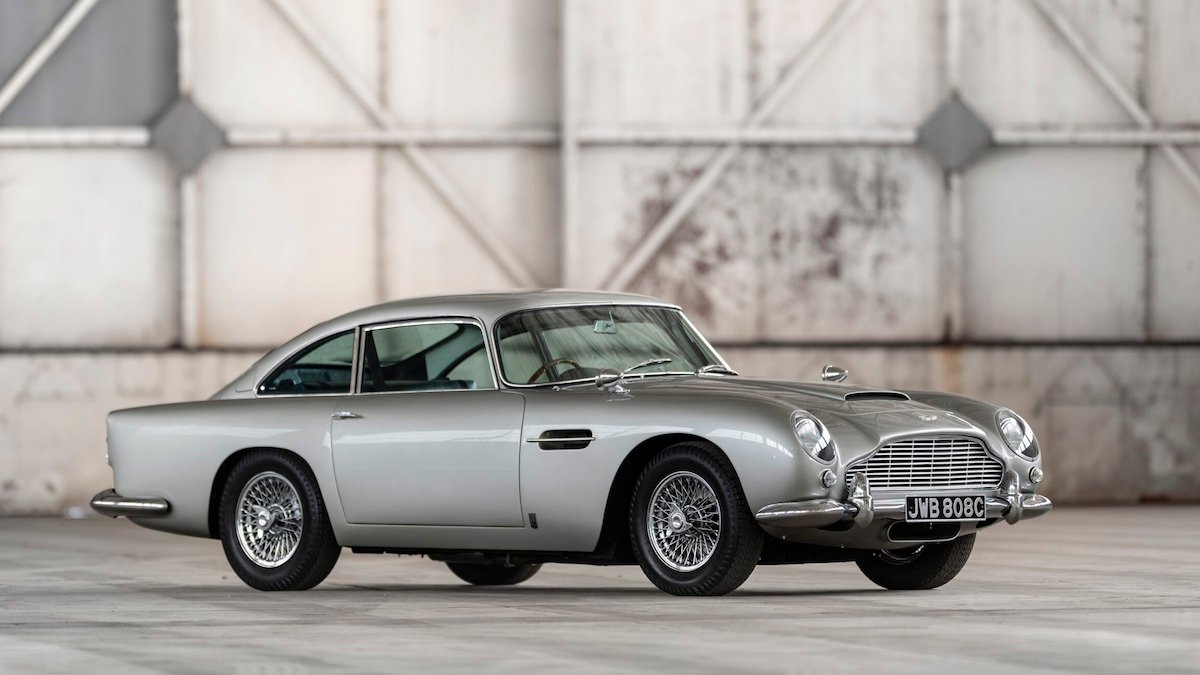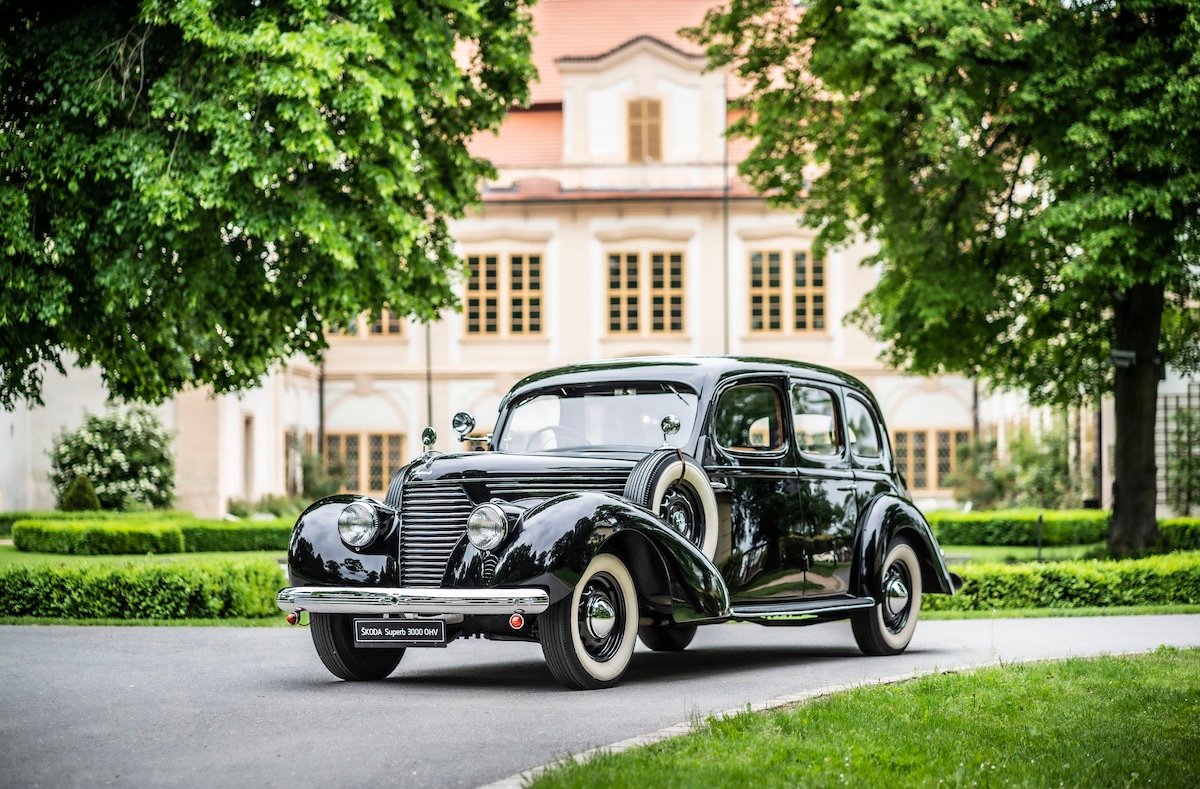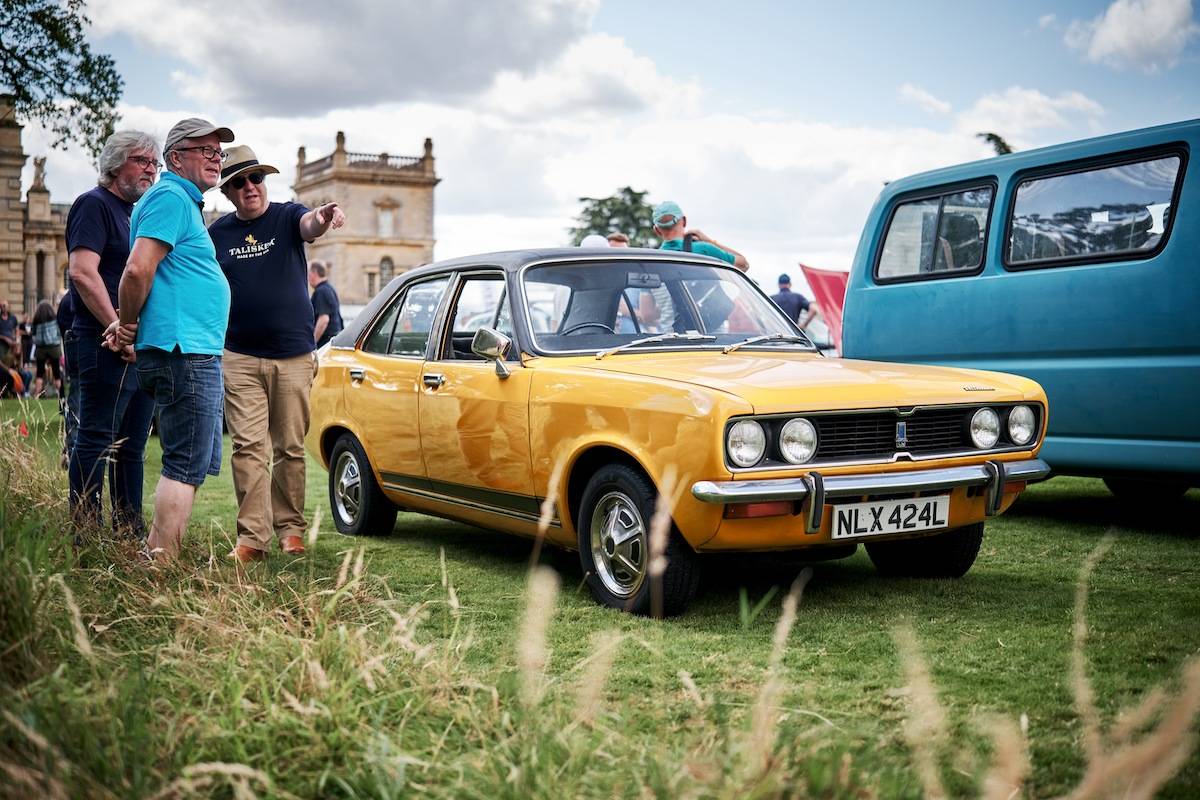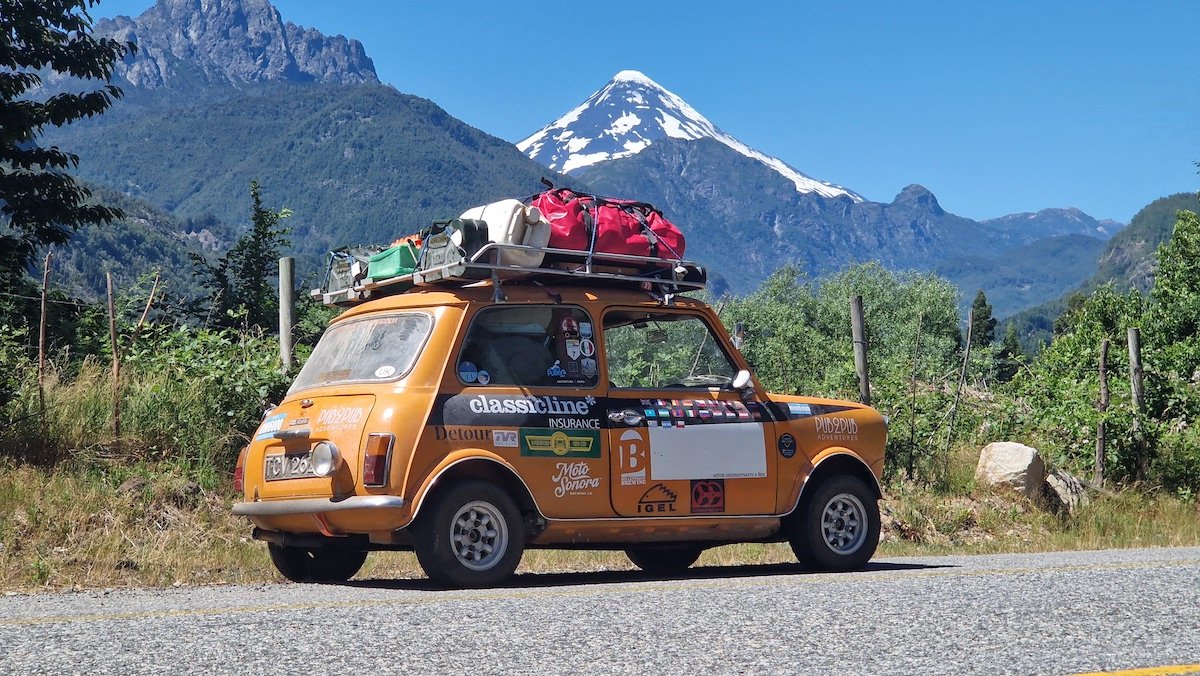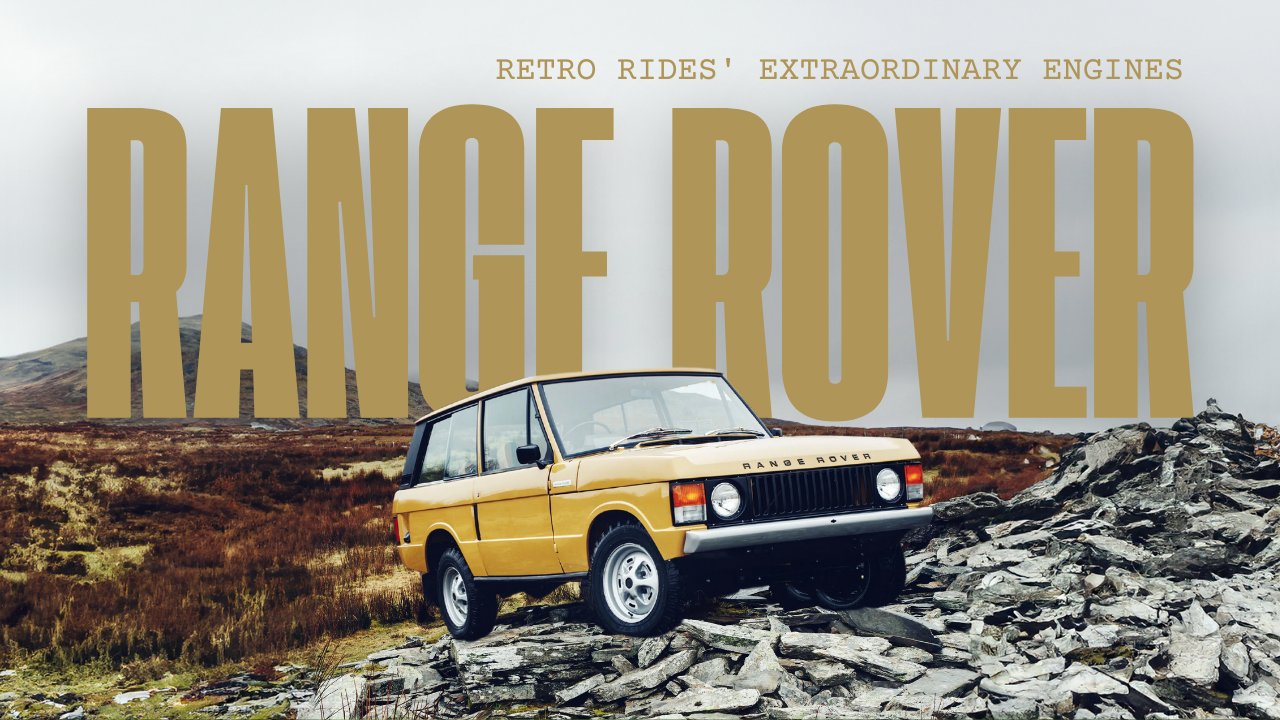
The Range Rover is one of the United Kingdom's longest-serving automotive designs
The revolutionary Range Rover emerged from the questionable Road Rover concept to rewrite the rule book for 4x4 wagons.
A retired motor-mechanic mate once opined that his famous-brand vacuum cleaner was "the only piece of British engineering that doesn’t suck". At least one other was the Range Rover which, in its original incarnation from 1970-95, joined its dungaree-wearing Land Rover brother and the original Mini as one of the United Kingdom’s longest-serving automotive designs.
Like those two cars, the Range Rover owed its design longevity to the fact that nobody else came up with a better one. As Japanese manufacturers gradually refined their four-wheel drive wagons into the 1980s, the Range Rover used its brand cache to climb farther upmarket.
Tough off-road types dismissed the Range Rover as a 'Toorak tractor', but that was always the point of it.
-1200x800.jpg)
Featuring a mainly aluminium body on a separate steel chassis, the Range Rover could hold its own as an off-roader (Image: Land Rover UK)
The Range Rover concept was born around 1950. With the still-new Land Rover a sales sensation, Rover sought not a dumbed-down 4WD, but a road-going wagon with off-road capability. The 'Road Rover', initially slated for production in 1953, owed far more to the Rover sedans of its day.
However, management ultimately baulked at the emerging concept’s styling – part Rover 90, part Trabant, and part Port-A-Loo – and by 1958, it was all over, Road Rover.
Re-ignition came from the other side of the Atlantic. In 1963, the Jeep Wagoneer blurred the line between 4WDs and family wagons. Rover’s R&D chief Charles Spencer 'Spen' King was urged to develop a comfortable, well-equipped wagon that could answer the call of the wild.
King's only constraint was to use an existing Rover engine, namely the 3.0-litre inline six-cylinder unit from the P5 sedan. The part aluminium-bodied two-door wagon project thus progressed until Rover’s discovery of the 3.5-litre Buick V8 engine. The rights and tooling to produce it were bought from GM in 1965; Rover would continue to build this engine for the next 40 years.
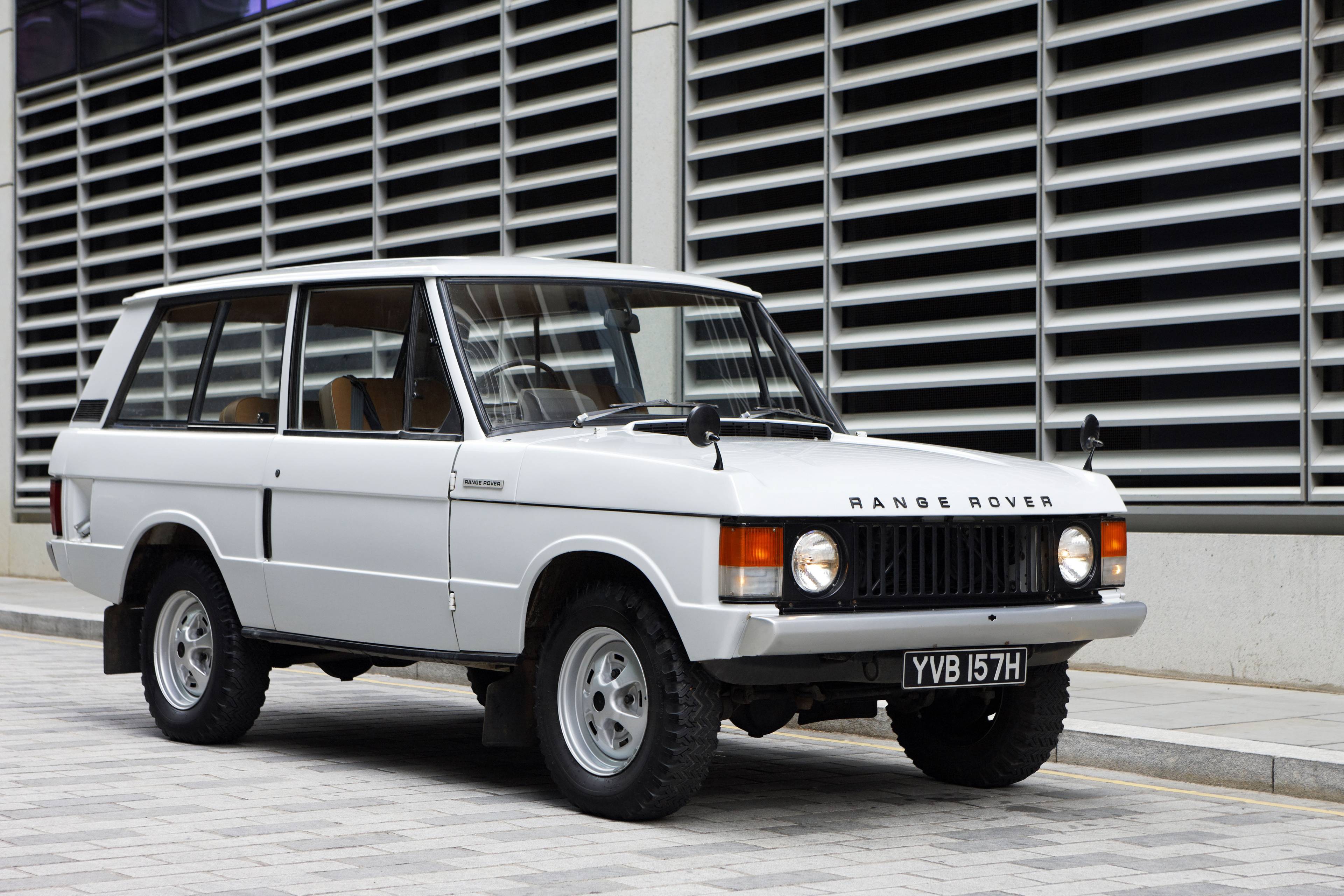
Although today's Range Rover is seen as a luxury vehicle, the first examples were about well-executed minimalism (Image: Land Rover UK)
The Buick 215 engine was a boon to Rover, the all-alloy V8 being lighter and more compact than most of Rover's fours and sixes. Range Rovers used a Stromberg carburetted version with 101kW/250Nm. A newly developed four-speed manual transmission with dual-range was standard.
King's team developed a costly, constant 4WD system. Rover management believed it indulgent for a predominantly on-road wagon; King countered that 'estate' buyers were less price-sensitive than the Land Rover's agricultural customers.
The Rangie comprised a mainly aluminium body on a separate steel chassis. King's team went to town on suspension and drivetrain, fitting coils at each corner (on live axles) with exceptional wheel travel and ride comfort. Self-levelling Boge Hydromat suspension at the rear was an idea borrowed from Mercedes-Benz limousines.
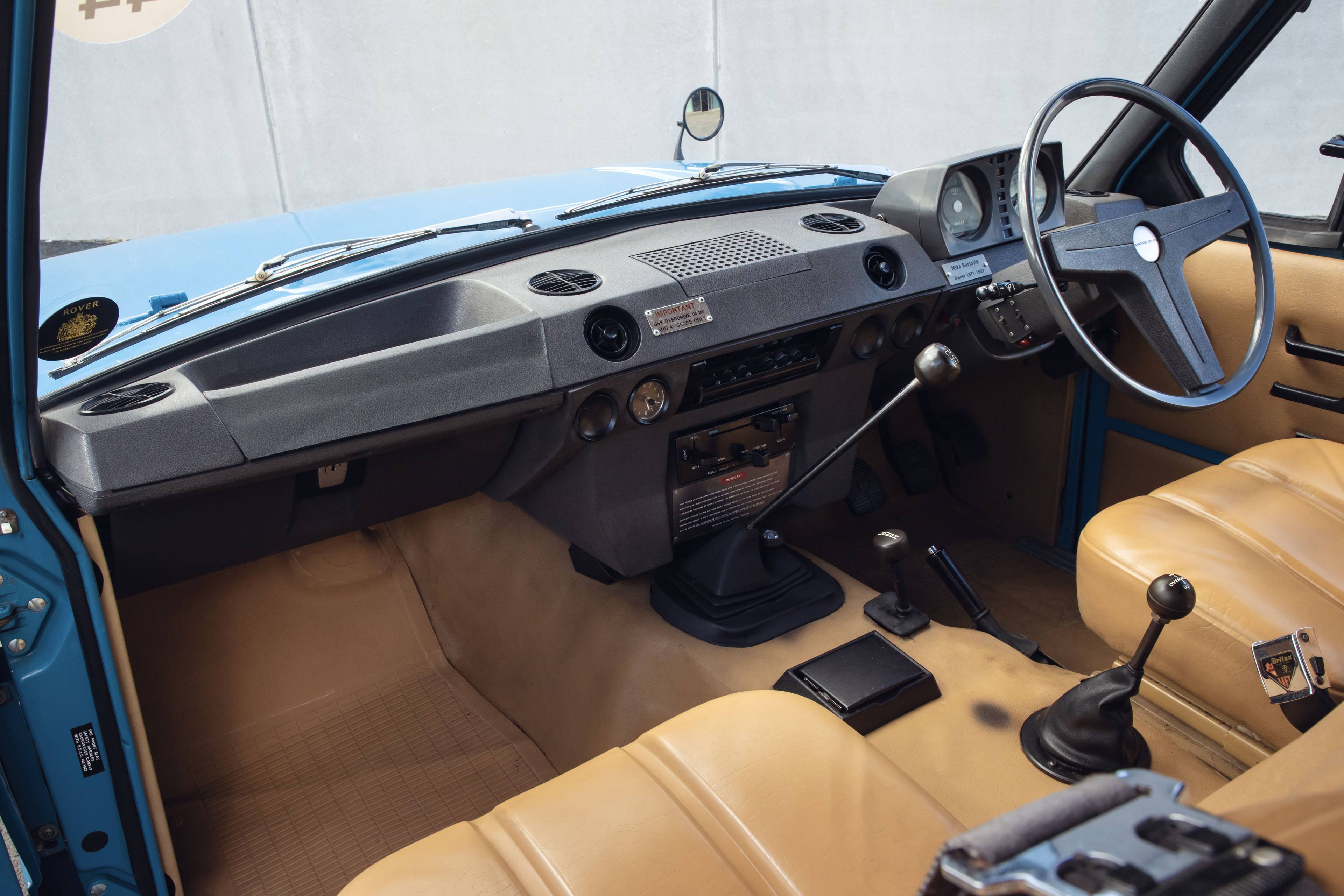
A newly-developed four-speed manual gearbox with dual range was equipped as standard (Image: Land Rover UK)
Constant four-wheel drive was via a lockable centre diff, and Lockheed all-wheel discs with dual-line assistance was also very advanced. Steering was Charles Atlas stuff until power-assist was added in '73.
Rover's 1967 absorption into the Leyland Group brought more momentum to the project, and King brought the planned 1971 launch forward by a year.
In the meantime, early prototypes during testing were badged VELAR, supposedly from the Spanish velar (to look after, to watch over) and the Italian velare (to veil, to cover).
-3500x2333.jpg)
At the time, the Range Rover's costly constant 4WD system was seen by management as overindulgent for a predominantly on-road wagon (Image: Land Rover UK)
Unveiled at the Earl's Court Motor Show in June 1970, the Range Rover created a stir well beyond the predictable, damp-trousered reception from the Pommy press. Apart from merging off-roader with family wagon, it could perform both roles better than most single-purpose competitors.
The first Range Rovers were about well-executed minimalism. There was no air-con or power steering, and vinyl floor mats and seats were coloured and moulded to look luxurious while offering hose-out simplicity.
The exaggeratedly high driving position gave a commanding view, while 'castellated' bonnet corners aided positioning when off-road.
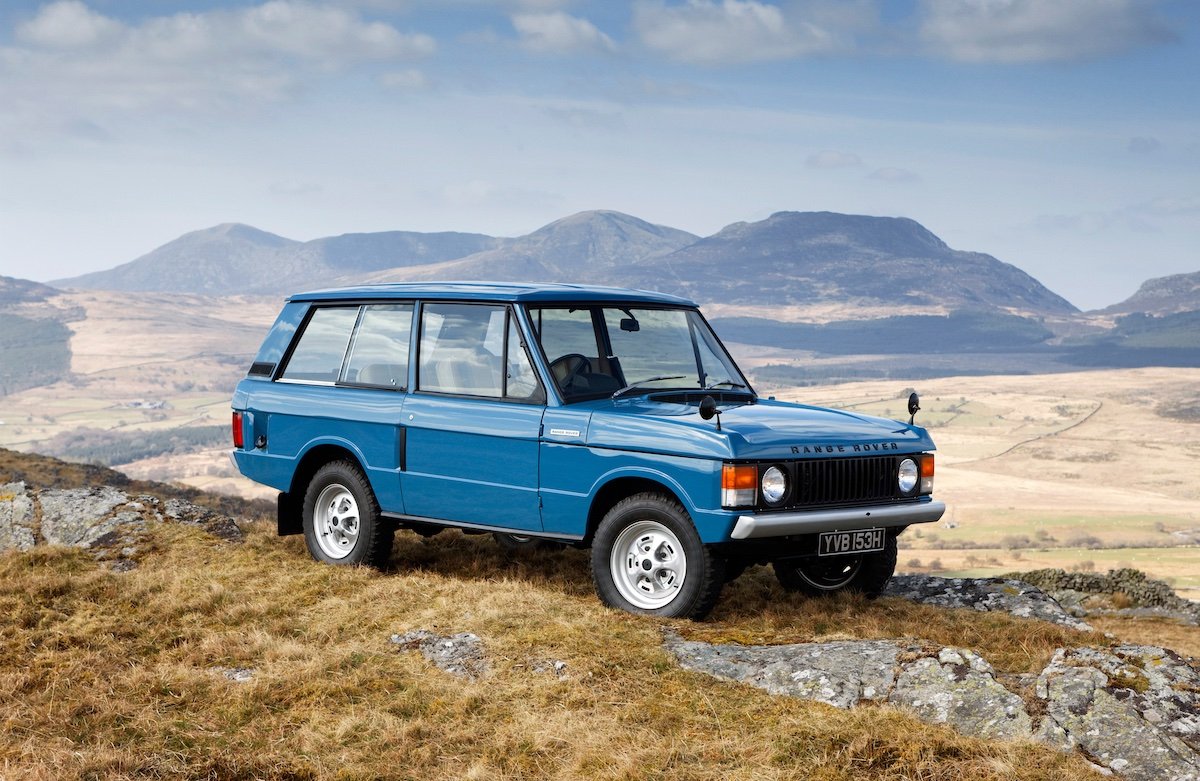
The Range Rover is one of the United Kingdom's longest-serving automotive designs (Image: Land Rover UK)
Launched two months too late for the 1970 World Cup Rally, Rangies instead completed a 29,000km expedition from Alaska to Argentina in 1971. The inaugural Paris-Dakar Rally in 1979 was won by a privateer Range Rover, one of 13 entered; a Range Rover again won the event two years later.
The Rangie finally gained a four-door body in 1981 and an automatic transmission the following year. Fuel injection came in 1987, then an engine capacity increase to 4.0-litres in 1989, making a far more reasonable 142kW/320Nm.
By the time production of the Series 1 'Classic' ended in 1995, a year after the introduction of its P38A successor, a total of 325,490 had been built.
WATCH:
Michael Stahl

Get The Latest
Sign up for the latest in retro rides, from stories of restoration to community happenings.
 '1972â73 1-1024x675.jpg)
